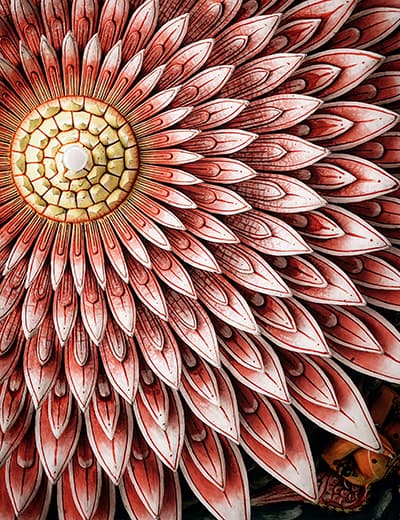South India
And there I was ready to fly to Kerala, “God’s own country”, they say, as far away as possible from the fog of London and the excruciating boredom of everyday life.
On my way to the airport, I started feeling slightly uncomfortable.
What if I didn’t like the people I was going to stay with? What if I didn’t enjoy their food or their ways? I shrugged all those negative thoughts away, welcoming the desire for adventure that had made me take such a decision, to begin with. “It is going to be a fabulous holiday and you will come back relaxed and restored”, said Sue who had been following my unending difficulties at work. And there I was ready to fly to Kerala, “God’s own country”, they say, as far away as possible from the fog of London and the excruciating boredom of everyday life.
As soon as I stepped out of the airport, after what seemed like a very long journey, I felt the warm breeze caressing my hair and, with a loud sigh, I let go of a good amount of stress. Ramesh and Joseph were both there to welcome and look after me throughout my time spent in India. We sat at our table on the lawns of the Brunton Boatyard, the impressive hotel overlooking the harbour I was staying at for the night, and Joseph reassured me that there was truly nothing to worry about. “For every Indian, no matter what community he belongs to, a guest is a manifestation of divinity; you will have a very warm-hearted welcome in the homestays you have chosen,” he said. I decided to let go of my apprehension and began to notice the beauty surrounding me: the large canoe that passed by with skimpily clad fishermen humming local tunes, the big ship that whistled from far away, the impeccably dressed waiters, and the most elegant girls, in white and golden saris, threading flower garlands beside me.
A stroll through Fort Kochi convinced me that my decision to come to Kerala had been the right one. Distracted by a myriad of colourful shops and the atmosphere, typical of seaside places, I began to look forward to meeting my Indian hosts.
The next day, as we pulled into the Parayil-Tharakans’ property in Olavipe, half an hour away from Cochin, I was enchanted. A youthful couple, in spite of their greying hair, was there for me on the veranda of their charming farm, built at the beginning of the 19th century. The lady of the house, Rema, struck me with her amazingly elegant ways and beautiful features. I had to admit I was surprised when I noticed that she was wearing a pair of jeans and a t-shirt, while I had made sure to buy a traditional Indian outfit, the kurta-pajama, to honour my hosts’ tradition. “We are wearing the wrong clothes”, I pointed out, and we both laughed.
Over a delicious glass of nimbu pani, the refreshing lime juice I was offered, we talked and shared and I was immediately made to feel at home, relaxing on the rocking chair that cuddled me. At sunset, I was in a small canoe with Pappu, the family boatman, who did not utter a word. I would have not understood him anyway. At times, he timidly pointed out the numerous exotic birds flying about the lush vegetation of the famed Kaithappuzha Backwaters. I had rarely noticed before, the healing touch of nature. Like a benevolent mother, it cradled me in its green arms, while the rowing lulled me into a light dreamless sleep. When I came back to the farm, I was glowing.
Dinner was served on a long wooden table. I was eager to share a meal with my hosts and learn about their authentic Kerala cuisine. Mrs Parayil said we were to try traditional Syrian Christian dishes. Admitting my ignorance, I asked who the Syrian Christians were. I was told that the community they belonged to, otherwise called Nazaranis, followers of Jesus of Nazareth, was a prominent community in Kerala. They were believed to be the descendants of the Palur Brahmins converted by Saint Thomas in the 1st century AD. The apostle had performed a miracle, suspending water in mid-air as a testimony of his faith, thus impressing and converting many of the locals.

“Our diet”, she said, “is mainly non-vegetarian as on the coast of Kerala fish is plentiful. Our staple food is red rice, a variety called kanji and we cook mainly with coconut oil”. The fish curry and the sautéed vegetables were quite delicious, and I cherished the spiced buttermilk. We ended the meal with fresh fruit and yoghurt and when I left the table, I felt satiated, but light. I realised that I had had a very healthy meal.
The highlight of the evening, though, was a visit to the village temple, where the devotion of the people and the flickering lights of the oil lamps, along with the chanting, left a long-lasting impression on me. I went to bed feeling like Alice in Wonderland, a sense of awe and mystery prevailing over any other rationality. The natural kindness of my hosts simply made me feel at ease. In Kerala, I discovered the pleasure of waking up early to the temple bells. The reward for such an effort was witnessing the splendour of sunrise in India. I understood why kamalan, the company I entrusted my travel with, had chosen it as its symbol.
Breakfast consisted of several cups of steaming black coffee accompanying a meal of steamed rice cakes and curried chickpeas. My preference for tea was respected though, and I was made to try a very delicious blend grown in Munnar, a hill station, not too far from where we were. Ramesh took me later to the village and while I enjoyed the humdrum of the market he waited for me in the car, reading a newspaper.


In the evening, back at the farm, I was introduced to new guests. French representatives of the prestigious house of Hermes had arrived to organise the launch of the perfume “Un jardin après la mousson”. The authentic setting I was enjoying was chosen for an evening with selected foreign journalists coming from all over the world. Mrs Parayil, who is also a speaker for the television and the radio broadcasting, was asked to read a fairy tale about a little girl who loved the Monsoon. It was a memorable moment when, after dinner, our host, in her starched cream sari with golden borders, told us the tale. Even the stars and the full moon above greatly enjoyed the story and shone brighter than I’d ever seen.
Ramesh and I left Antony and Rema’s tharavad soon after breakfast. While the spotless car was taking me through unknown roads, I was surprisingly feeling much closer to myself. Already gone were the sleepless nights and the persistent headaches that kept bothering me at the end of every day back in London.
The drive to Palakkad stretched throughout the morning. Watching out of the window, I was never bored and when something aroused my curiosity, I asked Ramesh for an explanation. When a bunch of men, many of them dressed in a long “skirt”, actually called lungi, stood along the road waving red flags, I wondered what they were they doing. My kind driver and travel companion gave me an interesting insight into the political panorama in Kerala, where the Communist party still has quite a powerful hold. “We are temple-going communists in Kerala!” said Ramesh laughing.
The stop at the chai shop was very welcome. The sweet spicy milk tea was very different from my usual cup, but an excellent drink to quench a traveller’s thirst in India. The Kandath Tharavad, where Mr Bhagwaldas was expecting me, was as a magnificent example of traditional Keralite architecture. The ancient science of space called Vaastu Shastra was applied in the conception and the construction of the two-hundred-year-old house, ensuring its harmonic place in the universe. Lesser known than its Chinese counterpart, Feng Shui, the Indian Vaastu, loosely translates as “the doctrine of dwelling” and is meant to harmonise the five elements: earth, water, air, fire and space. It combines and balances them in order to create a congenial living and working environment that facilitates emotional and spiritual well-being. I must say that my stay at the Tharavad was delightful and that I slept every night like a baby.



For a few days, I appreciated the simple pleasures of rural life in Kerala. Surrounded by rice fields, the village was a marvellous set for a film that I would call: “In the Cradle of Civilization.” From my bicycle rides, I brought back countless images that I decided to store in my memory, instead of shooting them with my heavy camera. Unforgettable was the old brahmin, solely dressed in a white loincloth and a thread crossing his chest! He called me to the verandah of his house with a gesture of the hand, and with impeccable English kindly offered me a cup of chai. I only knew he was a brahmin once I described his attire to Ramesh who said: “The white thread indicates the highest caste he belongs to.” In Palakkad, I ate wholesome vegetarian meals and read the entirety of The Moor’s Last Sigh, Salman Rushdie’s novel set in the lush atmosphere I was surrounded by. I also had my first ayurvedic massage that allowed my body to rid itself of all the toxins accumulated over the past few months. And I had the chance to watch the most dramatic elephant parade. In the dark of the night, lit up by torches and bonfires, the majestic animals slowly arrived, bedecked in golden and red ornaments. Their bare-chested mahouts were waving long-haired dusters encouraged by the sound of cymbals and drums. Men and their pachyderms made one, their contours blurred; the intensity of the fervour around struck me as unbelievable. I was a wide-eyed little girl who had stepped into a fairy tale. It was extremely moving and incredibly beautiful.
When it was time to leave the next morning, I felt grateful for the lovely time and the impeccable hospitality. I wondered what was to come next. While driving north, listening to cheerful Bollywood songs, I felt as carefree as a bird, humming the infectious tunes and sinking into my comfortable seat. I even fell asleep for a while and when I opened my eyes, I was in Ayisha Manzil in Tellicherry. A traditional Kerala house nestled between the cinnamon plantation and the beach, it was inhabited by the kind Mr and Mrs Moosa, who did their best to share with me their culture and the beauty of their region, starting with the wonderful lunch that was waiting for me. The meal was outstanding and my palate tasted flavours I had never tried before. Mrs Faiza Moosa told me that her style of cooking was typical of the Muslim population in the region, the Mopillahs, the community she and her husband belonged to. She offered to show me how to cook a few dishes next day and I accepted her offer eagerly. In the afternoon, I lazed around the pool, read the heart-breaking poems by the poet Kamala Das, and just enjoyed being there, daydreaming. At dinner, over another remarkable meal, I had a chance to learn some more about Ayurvedic philosophy. It explains that we are in union with every aspect of nature, each other, and the entire universe. The universal consciousness is an intelligent, aware of the ocean of energy that gives rise to the physical world we perceive through our five senses.
The next day I was up with the light, I went for a long meditative walk and was welcomed back with a steaming breakfast. By 8 o’clock Mr Moosa and I left for the market where we were to choose the right products for my cooking lesson. My encounter with the spices was a very pleasurable one. I could sense that each one of them had a different effect on my nostrils and my mood.

The most seductive for me was the pepper for which even the ancient Romans came to the Malabar coast. Here in Tellicherry, I was to find the best quality pepper in the world. Mrs Moosa was waiting for us when we arrived with our wonderful bounty of fresh seafood. I took out my precious notebook and started following my teacher’s instructions. She had a mysterious relationship with all the spices as if an inner voice would be guiding her gestures, telling her how much of each to put. We cooked prawn curry, tamarind aubergine, rice with raisins, grapes and slivered almonds and the most delicious okra, called thiyyal. We enjoyed our preparations and I retired to my spacious room for a well-deserved siesta. When I was up again, a fantastic experience was in store for me. Ramesh drove me to the local temple in which the performance of theyyam was to take place.
This dance or invocation was one of the most fascinating theatrical performances I have ever seen. A powerful figure wearing an impressive headpiece and a big flower garland arrived in the amphitheatre followed by a man who seemed to constantly bow behind him. I was told that people around me consider him to be a God and have come to seek his blessings. I felt a bit intimidated and took a few pictures, just to hide my surprise. He then sang a song and left to come back after a while in a much heavier costume ready to perform his fantastic dance, accompanied by traditional instruments which set the tempo.
By the time he had finished his performance, the moon was high in the sky and I returned to Ayisha Manzil and expressed all my gratitude to my hosts for the special time I had there. It was Mr Moosa who then told me: “Welcome a guest, send back a friend, said Jawaharlal Nehru once, and we have made it our motto.”
All I managed to answer was “I will” and I really meant it.
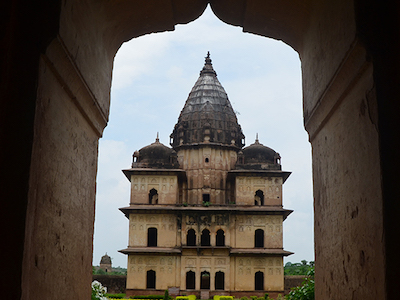
A Sleepy Hamlet
On the banks of the Betwa River, lies a sleepy hamlet named Orchha. It was the capital of the erstwhile eponymous princely state...
Narrative • Orchha
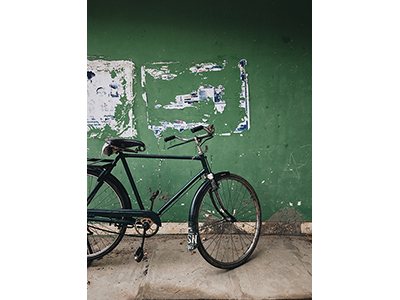
A Spectrum of Hues
At the tail end of the monsoon, a cool blue tint envelopes the landscape of the Indian Peninsula, lush green foliage shiver in the cold winds...
Narrative • South India
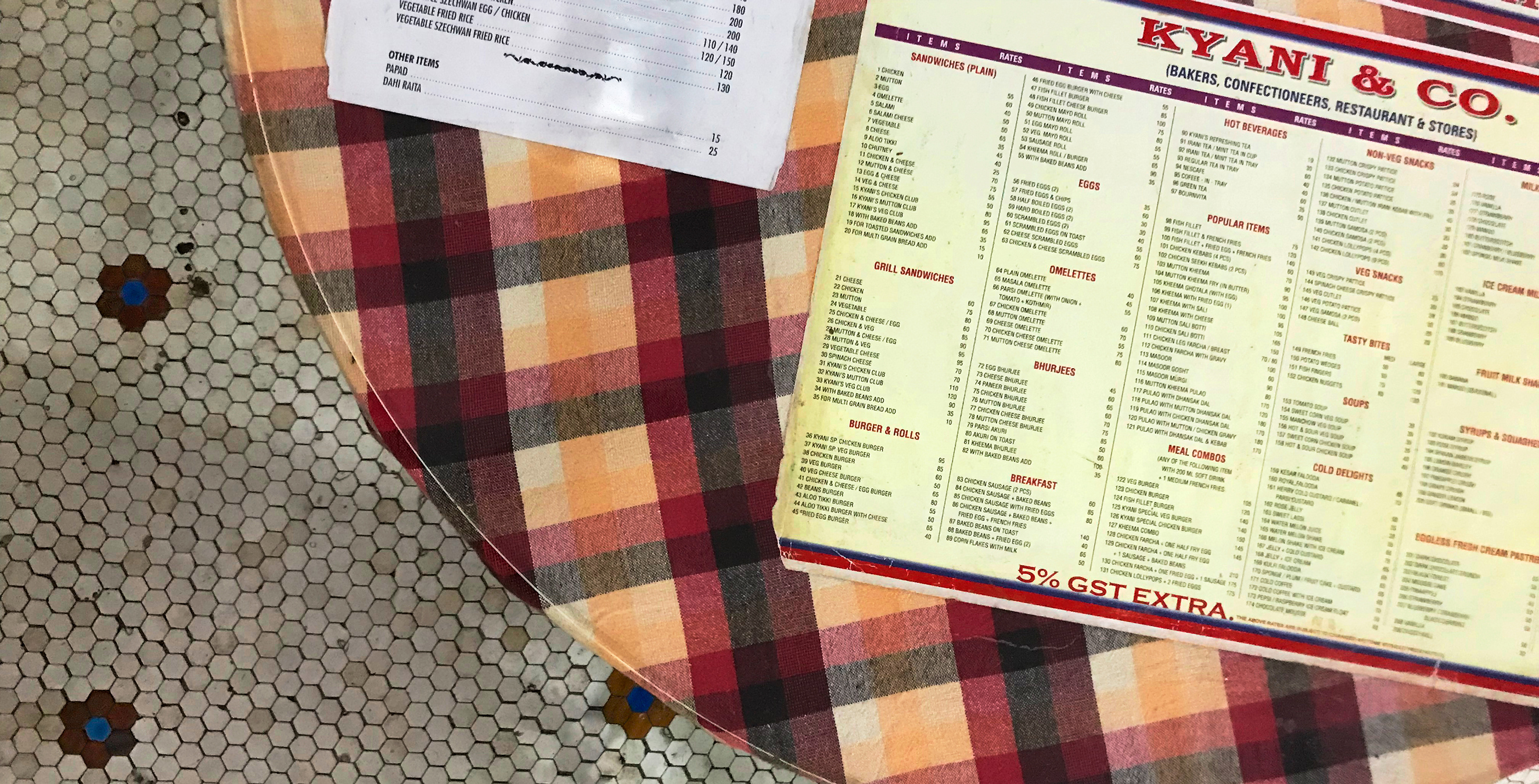
An Old-World Luminescence
Get a glimpse of the unique cuisine of the Parsi community, documented through the waning Parsi cafes that were once an integral part...
Behind-The-Scenes • West India
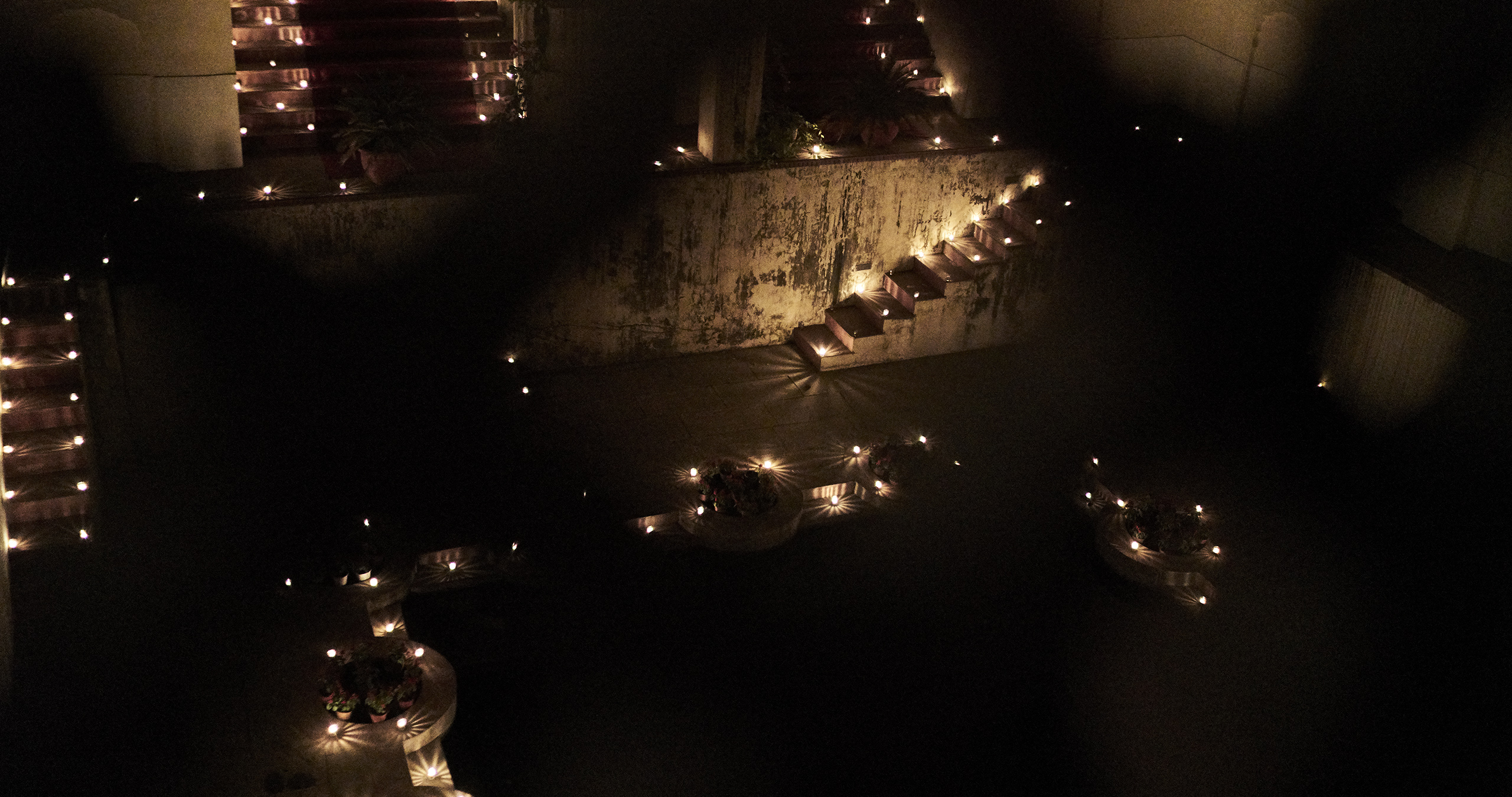
Facets of a Culture
Get a glimpse into the travelling photography workshop we executed with Gentl & Hyers in North India, spanning seven cities...
Behind-The-Scenes • North India
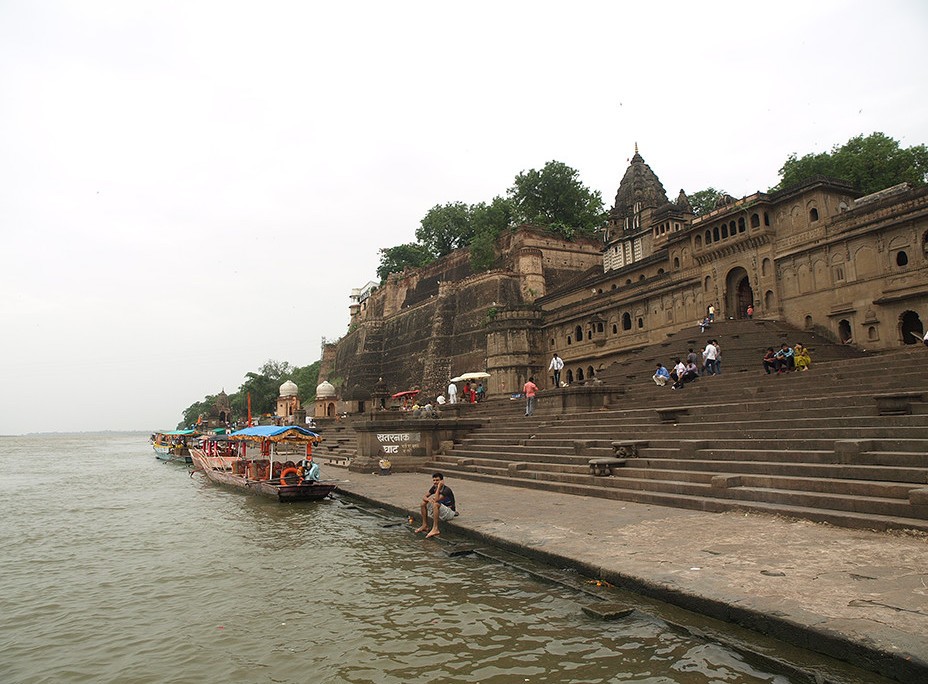
Ahilya Fort
A thing of the books, the Ahilya Fort is a boutique accommodation for the heart that like to delve in...
Hotel Guide • West India
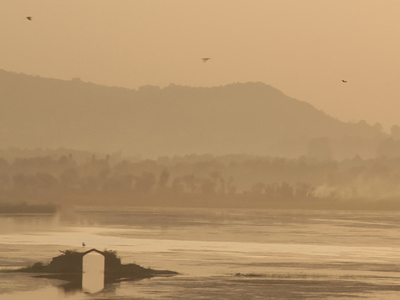
Srinagar, The Enchantress
From the Karakorum to the Pamir Knot, the abode of snow is the tilted crown of India. Mystics and sages have always...


